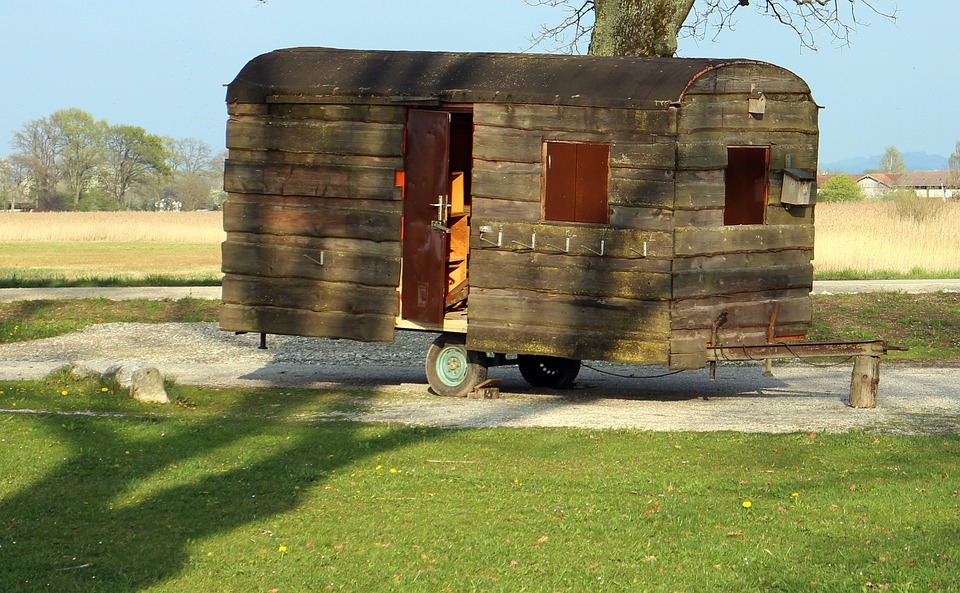Table of Contents
Introduction
Setting up a camping tent can sometimes feel like solving a complex puzzle. However, with the right knowledge and techniques, you can become a pro at pitching your tent in no time.
This article will provide you with tips and tricks to help you set up your camping tent effortlessly, ensuring a comfortable and enjoyable outdoor experience.
Choose the Perfect Tent
Before diving into the setup process, it’s crucial to choose the right tent for your camping trip. Consider the number of people who will be sleeping in the tent, the weather conditions, and the terrain you will encounter.
Look for a tent with sturdy materials, good waterproofing, and an appropriate size for your needs.
Pick the Right Location
Once you have your tent, choose a suitable location for setup. Look for level ground and avoid areas with rocks, roots, or potential hazards. Clear the surface from any sharp objects or debris that could damage the tent.
Also, consider the direction of the wind and the potential for rainfall when selecting a spot.
Gather the Necessary Equipment
Having the right tools and equipment can make a significant difference in the ease of setting up your tent. Ensure that you have all the necessary components of your tent, such as poles, stakes, and guylines. Additionally, pack a lightweight mallet or hammer to secure the stakes, a groundsheet to protect the tent floor, and a repair kit for any unexpected tears or damages.
Follow the Instructions
Every tent comes with a set of instructions specific to its design. It is crucial to read and understand these instructions before attempting to set up your tent. Familiarize yourself with the poles, attachment points, and proper techniques for assembly. Following the instructions will save you time and prevent any mistakes.
Practice Makes Perfect
Before heading out on your camping trip, practice setting up your tent in your backyard or at a local park. This will help you become more familiar with the process, identify any missing parts, and improve your speed.
Practicing also allows you to troubleshoot any issues that may arise before you’re out in the wilderness.
Make Use of Tent-Friendly Tools
There are several tools and accessories available that can make tent setup easier. Knot-less tent clips, tent pole splitters, or even an extra set of hands can simplify the process.
Consider investing in these tools if you frequently go camping or if you struggle with setting up your tent.
Secure Your Tent Properly
Once your tent is erected, ensure it is properly secured. Tighten the guylines to stabilize the structure and prevent it from swaying in the wind. Hammer the stakes firmly into the ground at a 45-degree angle for optimal anchoring.
Additionally, use rocks or sandbags to secure the guyline tensioners and prevent them from loosening.
FAQs
1. How long does it take to set up a tent?
The time it takes to set up a tent largely depends on the size and complexity of the tent design. With practice, you can expect to set up a simple tent within 10-20 minutes, while larger or more intricate tents may take 30 minutes or more.
2. Do I need to season my tent before camping?
It is recommended to set up your tent at home or in your backyard for a day to let it air out before your camping trip. This process, known as “seasoning,” allows the tent to stretch and the waterproof coating to settle, ensuring better performance in the field.
3. How do I take down my tent without damaging it?
When dismantling your tent, start by removing the stakes and guylines. Carefully collapse the poles and fold the tent following the manufacturer’s instructions. Avoid excessive force or bending that could damage the tent fabric or poles. Ensure the tent is clean and dry before storing it in a well-ventilated area.
4. How can I prevent condensation inside my tent?
To minimize condensation inside your tent, ensure proper ventilation by opening vents and leaving the rainfly partially or fully unzipped. Camp in a location with good airflow and avoid cooking inside the tent. Using a groundsheet can also help prevent moisture from rising from the ground.
5. What should I do if I encounter strong winds during setup?
If the wind is too strong, it’s best to delay tent setup until the conditions improve. Attempting to set up a tent in high winds can damage the tent and compromise your safety. Find a sheltered area or wait for the wind to subside before proceeding.




